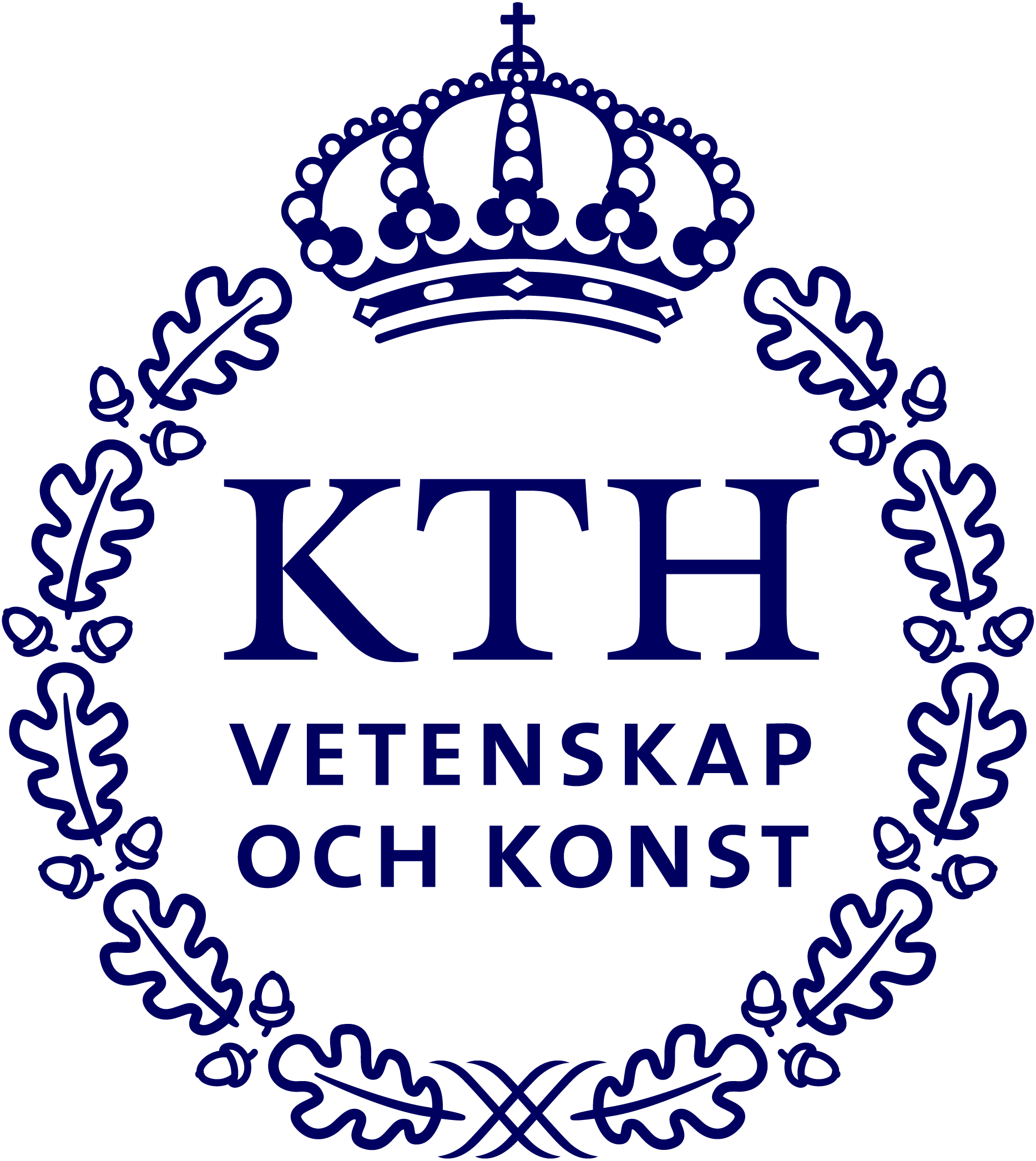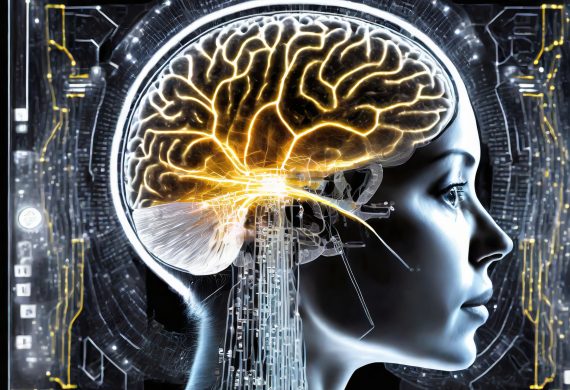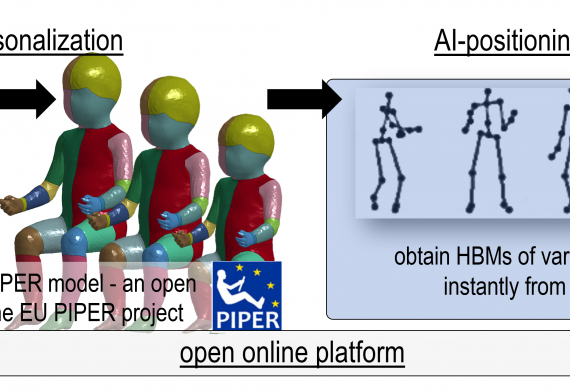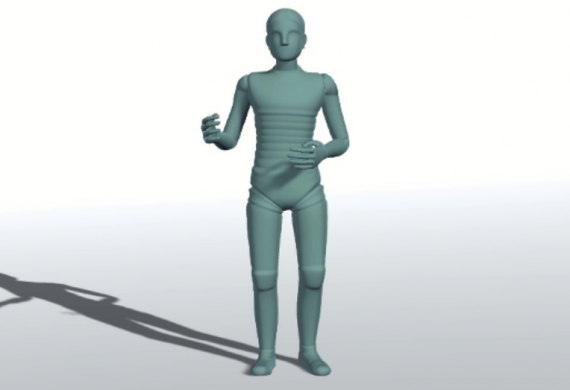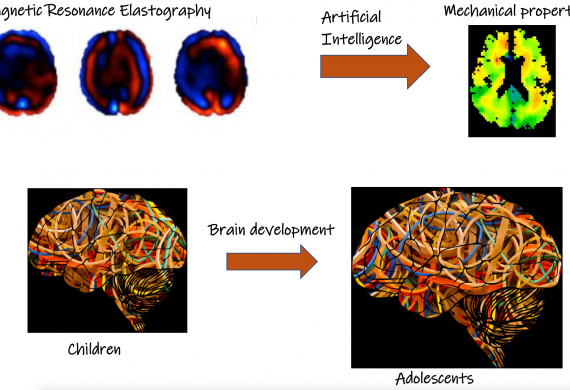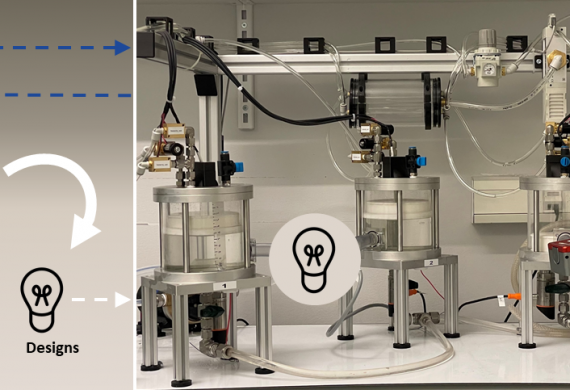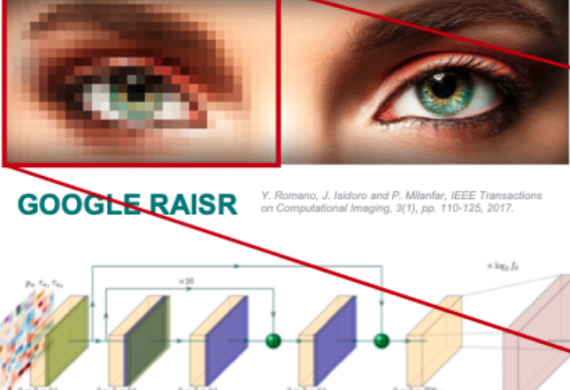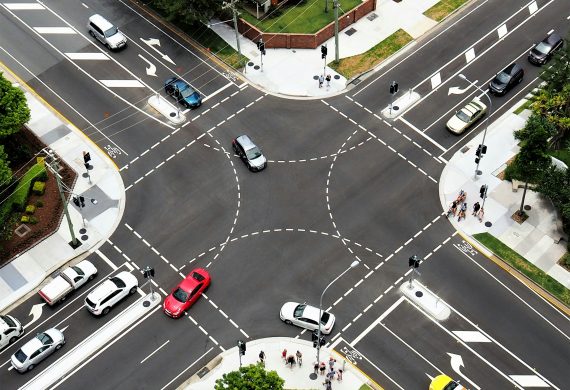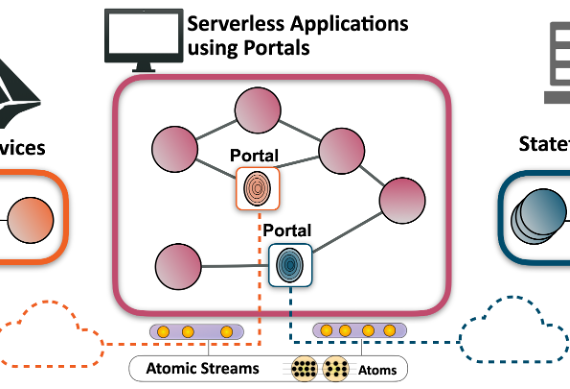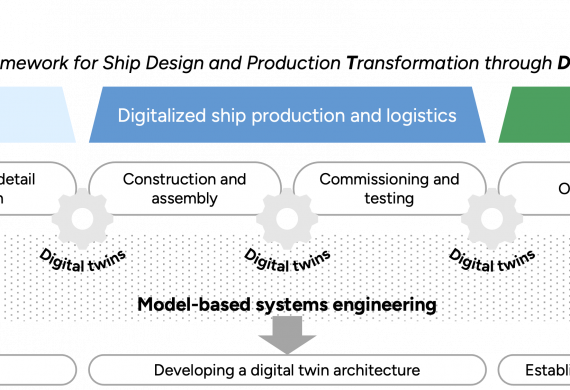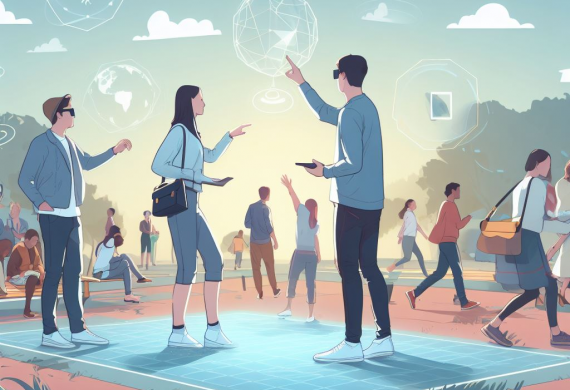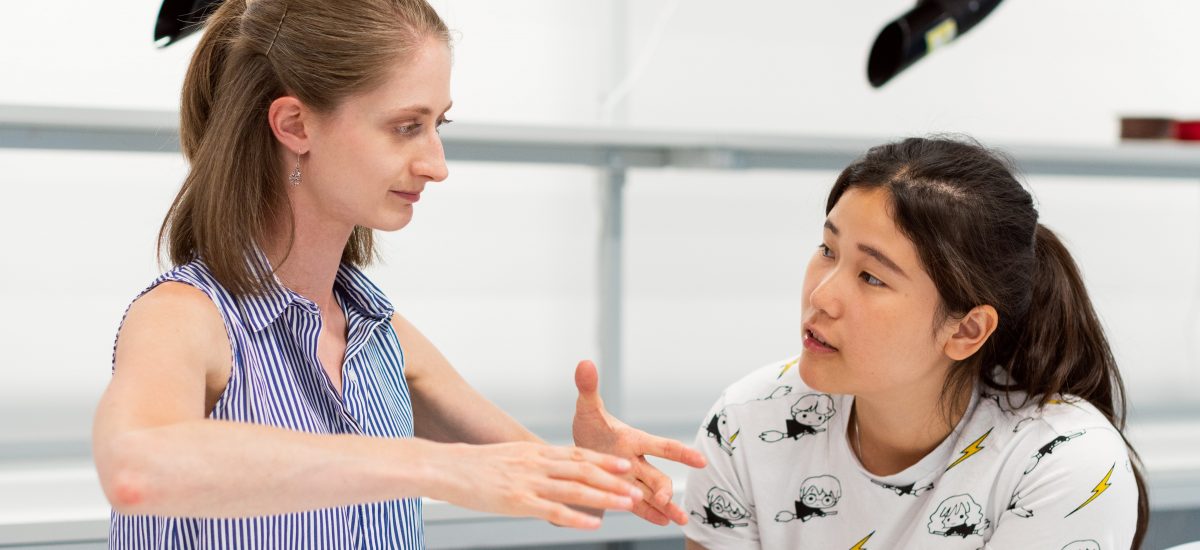
Ongoing Research pairs projects
The funding instrument Research pairs is intended to foster collaboration between two young researchers that have obtained their doctoral degrees not more than ten years ago at the time of application. The researchers in the pair should belong to either i) two different KTH schools, ii) KTH school and RISE/Stockholm University, or iii) RISE and Stockholm University.
The instrument is aimed to identify new research collaborations that have potential to develop into a leading scientific activity over the next three to five years and therefore be a vehicle for supporting and promoting young scholars with the potential to become future digital leaders. The 2-year projects should address cutting-edge research within subject areas at the intersection of the Research matrix and should involve researchers that complement each other and conduct interdisciplinary research.
Click on the headlines below (or navigate the menu to the left) to learn more.
Advanced Magnetic Resonance Elastography for the Brain
Combining magnetic resonance elastography (MRE) and advanced diffusion magnetic resonance imaging (dMRI) to develop the next generation of MRE methods to improve the biomechanical characterization of brain tissue...
AI-based Positioning and Personalization Platform for Human Body Models (HBMs)
A tranformative tool for driving innovations relating to Human Body Models to eliminate the need for users to tackle personalization and positioning...
Artificial Actors: Directable digital humans based on psychological models of relational reasoning
Creating artificial agents with psychological suffering opens up applications such as therapist training, innovative treatments, and possibilities for basic research in clinical psychology...
cAIMBER: Causal Artificial Intelligence for Human Mobility Behavior Analysis Using Trajectory Data
Targets the root cause of traffic (human) and novel analytic techniques to learn and predict human mobility behaviour dynamics from pervasive...
Characterization of the mechanical tissue properties of the brain in the developing brain with magnetic resonance elastography
Improving the diagnosis and treatment of anxiety disorders in the young population...
Data-driven cardiovascular assist devices
Enable data-driven evaluation of novel cardiac support devices to allow a rich and healthy life for patients with cardiovascular disease...
DeepFlood: Enhancing large scale Flood Detection and Mapping using PolSAR, Metaheuristic, and Deep Learning Algorithms
Improving our fundamental understanding of SAR-based flood mapping by developing novel hybrid PolSAR-metaheuristic-DL models...
Emergence 2.0: Securing Edge Networks with a Programmable Intelligent Architecture
A radically new approach to packet processing that opens the door to next-generation real-time, reliable and secure services at edge networks...
Faster-than-real-time and high-resolution simulation of fluid flow in engineering applications: indoor climate as a pilot
Development of fast numerical and inexpensive experimental approaches for obtaining feasible low-resolution flow data as input for super-resolution...
Guaranteeing Pro-Active and Reactive Safety in intersections through resource management at the Edge (GPARSE)
Mitigating the harm of collisions on road intersections proactively and reactively using edge infrastructure...
Engineering biodegradable components for packaging digitalization
Develop biodegradable recording platforms for digital technologies that capture biological signals and safely integrate them into life and the environment...
Layering Trust in Intimate Digital Health Technologies: Learning from Challenging Experiences
Complement a large-scale qualitative study of the first algorithmic contraceptive on the market – Natural Cycles – by examining the experiences of individuals...
PORTALS: Teleporting smart edge services to a serverless future
Addresses an urgent need for built-in, end-to-end trust and flexibility in how we compose smart digital services...
SHIFT-DT: Sustainable, Holistic, Integrated Framework for Ship Design and Production Transformation through Digital Twins
Novel approach positions digital twin technology as the next-generation solution for sustainable ship design and production...
XR Horizons: Unravelling Multi-User Interaction, Multisensory Experiences, and Ethical Considerations in the Realm of Spatial Computing
Understanding the relationship between the use of extended...
